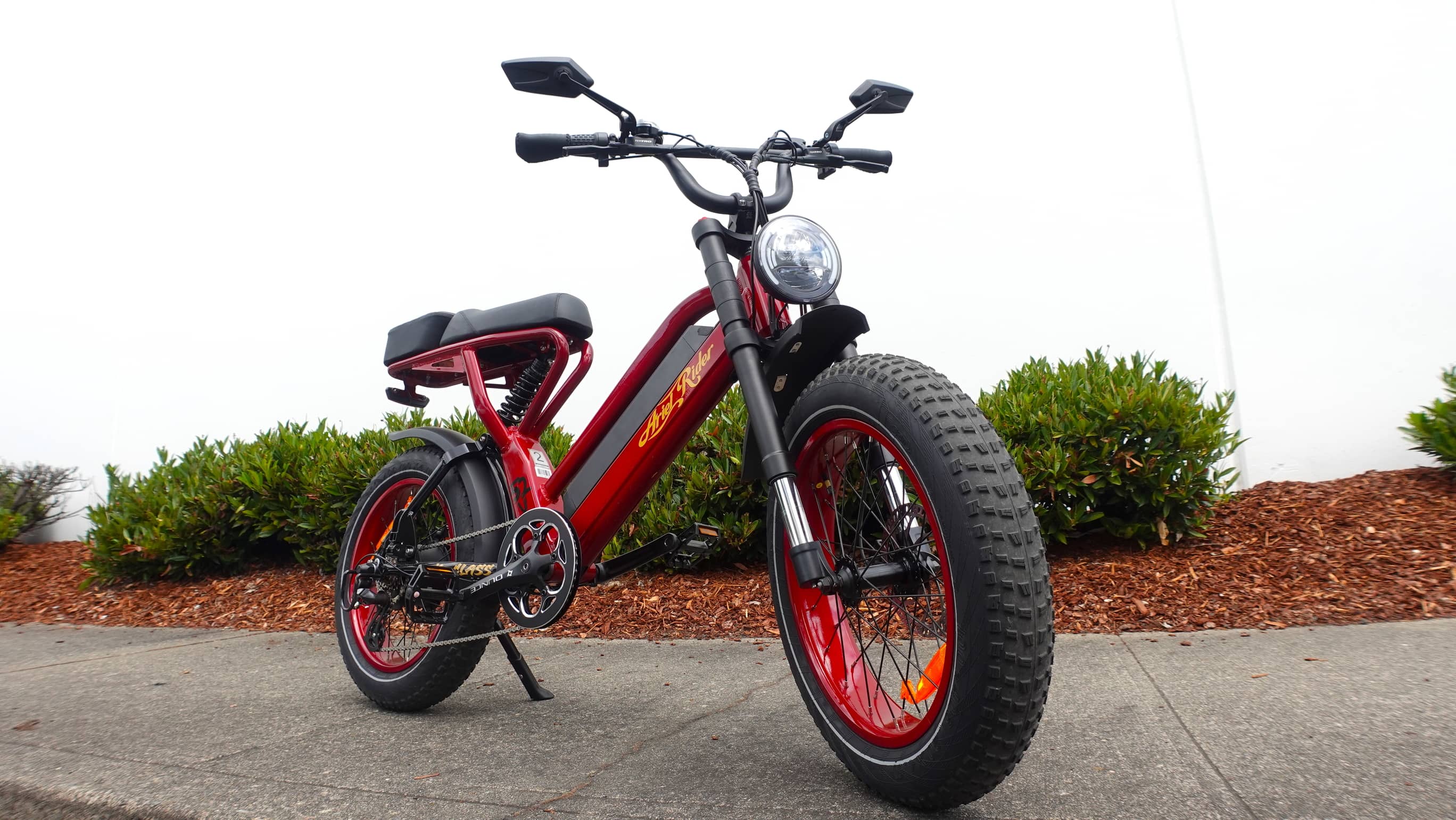When it comes to stopping your bike, the brake pads play a critical role. The brake pads are the components that come into contact with the brake rotor, creating friction and slowing down the bike. There are several different types of brake pads available for bicycles, each with their own unique characteristics and benefits. In this article, we will explore the different types of hydraulic brake pads for bicycles and their use cases.
The first type of brake pad is the sintered metal pad. These brake pads are made from a mixture of metal particles that are fused together under high pressure. Sintered metal pads are known for their durability and long lifespan. They are often used for mountain biking and other high-performance applications where consistent, reliable braking is crucial. However, they can be noisy and may not provide as much stopping power as other types of brake pads.
The second type of brake pad is the ceramic pad. Ceramic pads are made from a mixture of ceramic and metal particles. They are known for their quiet operation and consistent braking performance. They also tend to produce less dust than other types of brake pads, which can be beneficial for keeping your bike and wheels clean. Ceramic pads are often used for road cycling and other applications where consistent, quiet braking is desired.
The third type of brake pad is the organic pad. Organic pads are made from a mixture of natural fibers and resins. They are known for their quiet operation and good stopping power. They are often used for casual riding and commuting where consistent, quiet braking is desired. However, they have a shorter lifespan than sintered or ceramic pads and may not be suitable for high-performance applications.
The fourth type of brake pad is the semi-metallic pad. Semi-metallic pads are made from a mixture of metal particles and organic materials. They are known for their durability and good stopping power. They also tend to produce less dust than other types of brake pads, which can be beneficial for keeping your bike and wheels clean. These brake pads are often used for hybrid bikes and other applications where consistent, reliable braking is desired.
When choosing brake pads for your bike, it's important to consider the type of riding you'll be doing and the conditions you'll be riding in. If you're going to be doing a lot of high-performance riding or mountain biking, sintered metal or ceramic pads may be the best choice. If you're going to be doing a lot of casual riding or commuting, organic or semi-metallic pads may be a better choice. It's also important to pay attention to the wear on your pads and replace them when they start to wear down.
In conclusion, the type of brake pads you choose can have a significant impact on your bike's performance and safety. Each type of brake pad has its own unique characteristics and benefits, and it's important to choose the right one for your riding needs. Whether you're a serious cyclist or a casual rider, having the right brake pads can make all the difference when it comes to stopping your bike quickly and safely.




Leave a comment
This site is protected by hCaptcha and the hCaptcha Privacy Policy and Terms of Service apply.